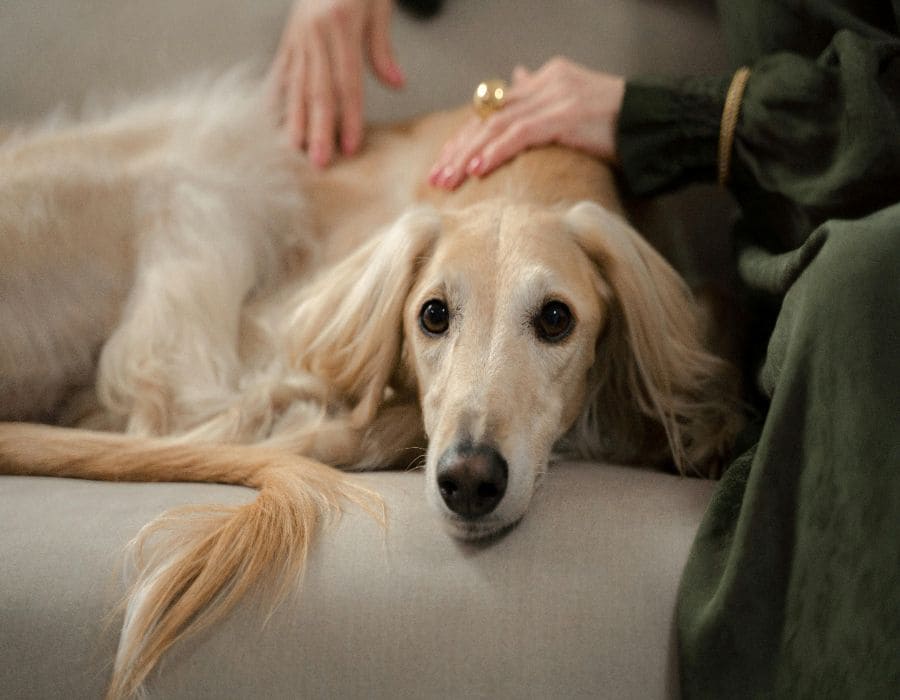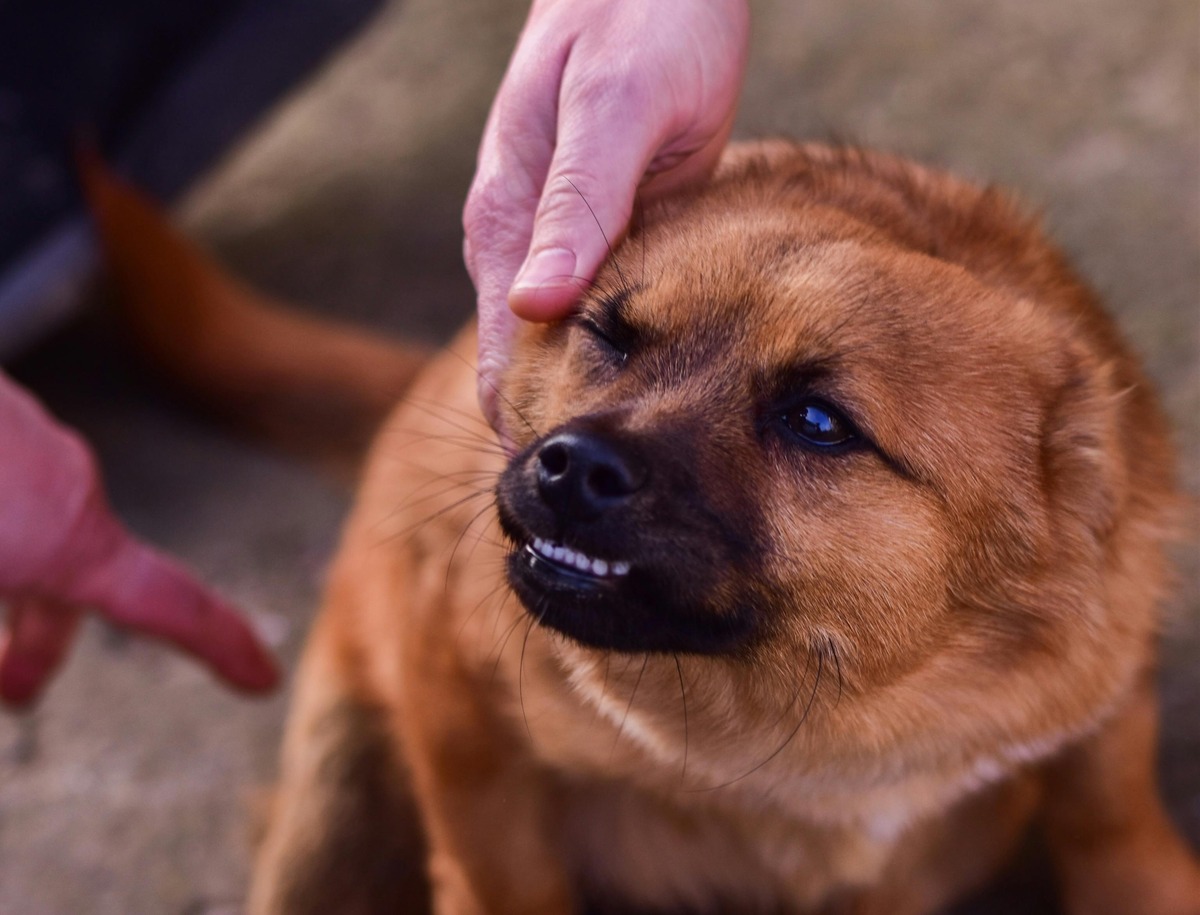10 Dog Breeds That Are Not Well Behaved
While dogs are often beloved for their loyalty and companionship, some breeds are known for their stubbornness, independence, or difficulty in training, making them challenging to manage for certain owners. These dogs may require extra effort, patience, and training to develop into well-behaved pets. Here’s a look at some of the dog breeds that are not well behaved, along with the traits that make them a bit more challenging to handle.
1. Afghan Hound

The Afghan Hound is a stunning and regal breed, but they are known for their independence and stubborn nature. They often have a high prey drive, which makes them difficult to control, especially in environments with lots of distractions. Afghan Hounds are not as eager to please as some other breeds and can be challenging to train. Their aloofness and tendency to act on their instincts, rather than following commands, can make them hard to manage for first-time dog owners.
2. Basenji

The Basenji is often referred to as the “barkless dog” because of its quiet nature, but don’t let that fool you. Basenjis are incredibly independent and strong-willed, which can make them quite difficult to train. They are highly intelligent, but their stubbornness often leads to them ignoring commands and doing as they please. Additionally, their high energy and curiosity can lead to destructive behavior if not properly engaged. These dogs require owners who are patient, firm, and experienced with training.
3. Jack Russell Terrier

The Jack Russell Terrier is a highly energetic and lively breed known for its stubbornness and high intelligence. While they can be fun and loving, they also have a high prey drive and an intense need for mental stimulation. Without proper training, Jack Russells can become destructive, especially when left alone for long periods. Their tendency to dig, bark excessively, and act impulsively can make them challenging to handle, particularly for first-time dog owners.
4. Dachshund

Dachshunds are small dogs with big personalities. Known for their independence and determination, they can often be quite stubborn. While they are affectionate with their families, Dachshunds can be difficult to train because they are easily distracted and tend to act on their own terms. Their independent nature and territorial instincts may lead them to be challenging around other dogs or new people. Without consistent training, they can develop bad habits such as excessive barking or resource guarding.
5. Chihuahua

The Chihuahua is one of the smallest dog breeds, but they come with a big attitude. Often described as feisty, Chihuahuas can be difficult to train due to their strong-willed and stubborn nature. They may act aggressively toward strangers or other animals, especially if not socialized early. Chihuahuas are also known to be barkers, often barking at anything that moves, and they can develop separation anxiety if left alone too often. Their boldness and desire to assert dominance can make them challenging for new owners.
6. Bulldog

The Bulldog is known for its laid-back and stubborn personality. While they are generally affectionate and loyal to their families, Bulldogs can be difficult to train because they often lack motivation. Their independence and low-energy nature mean they may not always respond to commands as quickly as other breeds. Bulldogs also have a tendency to become possessive of their food or toys, making them harder to handle in multi-pet households. Their lazy attitude and stubbornness can sometimes lead to behavioral problems if not addressed early.
7. Shih Tzu

While the Shih Tzu is a loving and gentle dog, it can be a challenge when it comes to training. Known for their independent streak, these dogs tend to have a stubborn nature and may not always follow commands, especially if they feel they are not in the mood. They require firm training and consistency to prevent them from becoming spoiled or misbehaving. Shih Tzus are also high-maintenance in terms of grooming, and if not managed well, they can develop bad habits such as excessive barking or toileting indoors.
8. Beagle

The Beagle is an affectionate and friendly dog, but it is also known for being extremely independent and stubborn. Beagles have a high prey drive, which makes them prone to wandering off when they catch a scent. Their curiosity and desire to follow their noses can make them difficult to train, as they may ignore commands if they are distracted by a scent trail. Beagles also tend to bark a lot, which can become a problem in the household if not controlled through early training.
9. Basset Hound

The Basset Hound is a slow-moving, affectionate breed, but they are also incredibly stubborn and hard to motivate. Basset Hounds are not known for being obedient, as their strong sense of smell often drives them to ignore commands in favor of following a scent. Their lazy nature and lack of desire to please their owners can make them difficult to train. Consistent, positive reinforcement is needed, but even then, they may never fully obey commands as other breeds might.
10. Cocker Spaniel

The Cocker Spaniel is a loving and affectionate dog, but it has a strong-willed nature that can make it difficult to train. These dogs are sensitive, and if not trained properly from a young age, they may develop behavioral issues such as excessive barking or destructive chewing. Cocker Spaniels tend to be a bit independent, which can lead to challenges when trying to get them to follow commands. They also require a lot of attention and exercise, which makes them a bit more demanding for novice dog owners.
What You Can Do to Help Your Dog’s Behavior

If you find yourself with one of these breeds or are considering adopting one, don’t be discouraged. While they may be more challenging to train, these dogs are capable of becoming well-behaved and loving companions with the right approach. Here are some tips to help manage their behavior:
- Consistent Training: Establish clear rules and expectations for your dog early on, and be consistent in reinforcing those behaviors.
- Positive Reinforcement: Use rewards such as treats, praise, and toys to motivate your dog during training sessions.
- Socialization: Expose your dog to different people, animals, and environments to help them become well-adjusted and less likely to develop behavioral issues.
- Exercise and Mental Stimulation: Many of these breeds require more physical exercise and mental stimulation to stay calm and well-behaved. Provide plenty of opportunities for both.
Final Thoughts

While some breeds are naturally more difficult to train and may exhibit challenging behaviors, with patience, consistency, and proper training, they can still become wonderful, well-behaved pets. It’s important to choose a breed that matches your lifestyle and experience level to ensure a harmonious relationship. Even the most stubborn dogs have the potential to thrive with the right owner who is willing to put in the effort to help them succeed.







